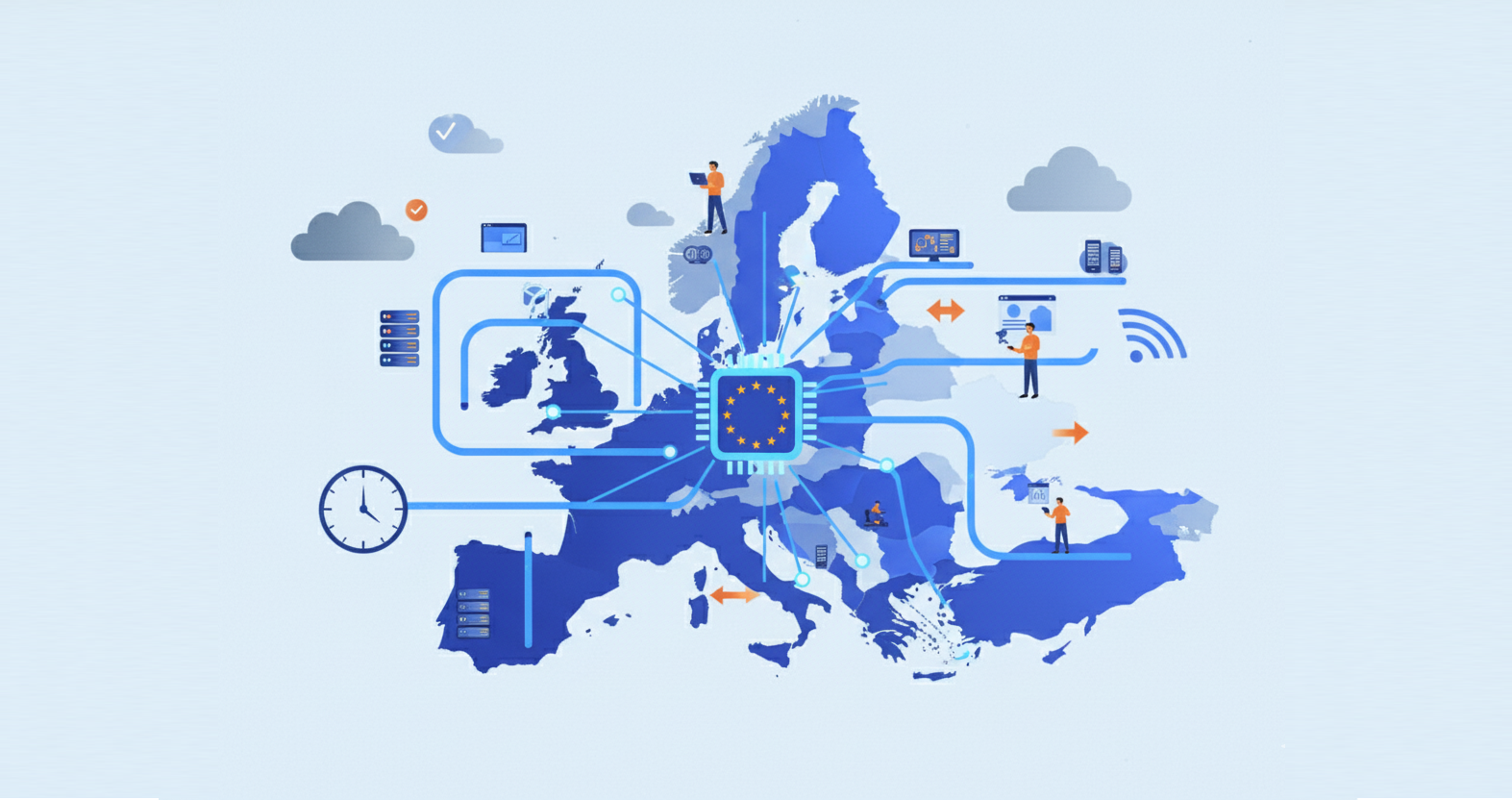Cloud Security Best Practices Every Business Should Know

Cloud Security Best Practices Every Business Should Know
In today’s digital landscape, securing your cloud environment is essential for every business. At Cybee, we believe that cybersecurity should be accessible, effective, and empowering for all organizations, regardless of size or industry. Cloud computing offers incredible flexibility and scalability, but it also introduces new security challenges. Understanding and applying best practices is key to protecting your data, maintaining trust, and enabling growth. Let’s explore the critical steps you can take to build a strong cloud security foundation.
Understand Your Cloud Environment
Before you can protect what you don’t know, you need to map out your cloud assets, services, and configurations. This includes identifying all cloud platforms, applications, storage locations, and user access points. A clear inventory helps you spot potential vulnerabilities and misconfigurations that cybercriminals could exploit. Regularly reviewing your cloud environment ensures you stay ahead of changes that might introduce risks. We recommend using tools that provide visibility and continuous monitoring to maintain a comprehensive overview.
Implement Strong Access Controls
Access control is your first line of defense in cloud security. Use enterprise-grade identity and access management (IAM) solutions to enforce strict authentication and authorization policies. Multi-factor authentication (MFA) adds an extra layer of security by requiring users to verify their identity through multiple methods. Applying the principle of least privilege means users and applications only get access to the resources they absolutely need—nothing more. This approach drastically reduces the attack surface and limits damage in case of credential compromise.
Leverage AI-Driven Automation for Threat Detection
Manual monitoring can’t keep up with the speed and complexity of modern cyber threats. AI-driven automation enables real-time threat detection by continuously analyzing behavior patterns and identifying anomalies. Machine learning models learn from past incidents to improve accuracy and reduce false positives. This proactive approach allows your security team to respond faster and focus on high-priority threats. By integrating automated alerts and response workflows, you can minimize the impact of attacks and maintain business continuity.
Encrypt Data at Rest and In Transit
Data encryption is fundamental to protecting sensitive information from unauthorized access. Encrypting data at rest means securing stored data on servers or devices, while encryption in transit protects data as it moves across networks. A privacy-first approach ensures that encryption keys are managed securely and that data remains confidential even if intercepted. Implementing strong encryption standards aligns with compliance requirements and reassures customers that their information is safe with you.
Regularly Update and Patch Systems
Cyber attackers often exploit known vulnerabilities in outdated software and infrastructure. Keeping your cloud systems up to date with the latest security patches is critical to closing these gaps. Automated patch management tools help you deploy updates quickly and consistently across your environment. Regular updates not only enhance security but also improve performance and compatibility. Staying current supports compliance efforts and reduces the risk of breaches caused by preventable weaknesses.
Conduct Continuous Compliance Monitoring
Compliance with industry regulations and standards is a must-have for protecting customer data and maintaining your reputation. Continuous compliance monitoring tools track your cloud environment against relevant frameworks such as GDPR, HIPAA, or PCI DSS. This ongoing process helps you identify and remediate compliance gaps before they become liabilities. Demonstrating compliance builds trust with clients and partners, showing that you take data protection seriously and operate responsibly.
Educate Your Team on Cloud Security
Your people are a vital component of your security posture. Providing regular training on cloud security best practices empowers your team to recognize threats, follow policies, and use tools effectively. Awareness programs reduce risks related to phishing, social engineering, and human error. Encourage a culture of security where everyone understands their role in protecting the organization. Investing in education strengthens your defenses and supports continuous improvement.
Simplify Security Management with Integrated Solutions
Managing multiple security tools can be complex and costly. Integrated cloud security solutions offer centralized management, combining threat detection, compliance, access control, and reporting in one platform. This simplification reduces operational overhead and total cost of ownership. It also makes enterprise-grade security accessible to businesses of all sizes, removing barriers to adoption. Look for solutions that leverage AI and automation to streamline workflows and deliver actionable insights.
At Cybee, we deliver innovative, AI-driven automation to help you secure your cloud environment effortlessly. Our platform empowers you to detect threats in real time, enforce strong access controls, and maintain compliance with ease. Built by top security experts, Cybee is designed to make enterprise-grade cloud security simple and accessible. Join Cybee today and take control of your cybersecurity with confidence.







